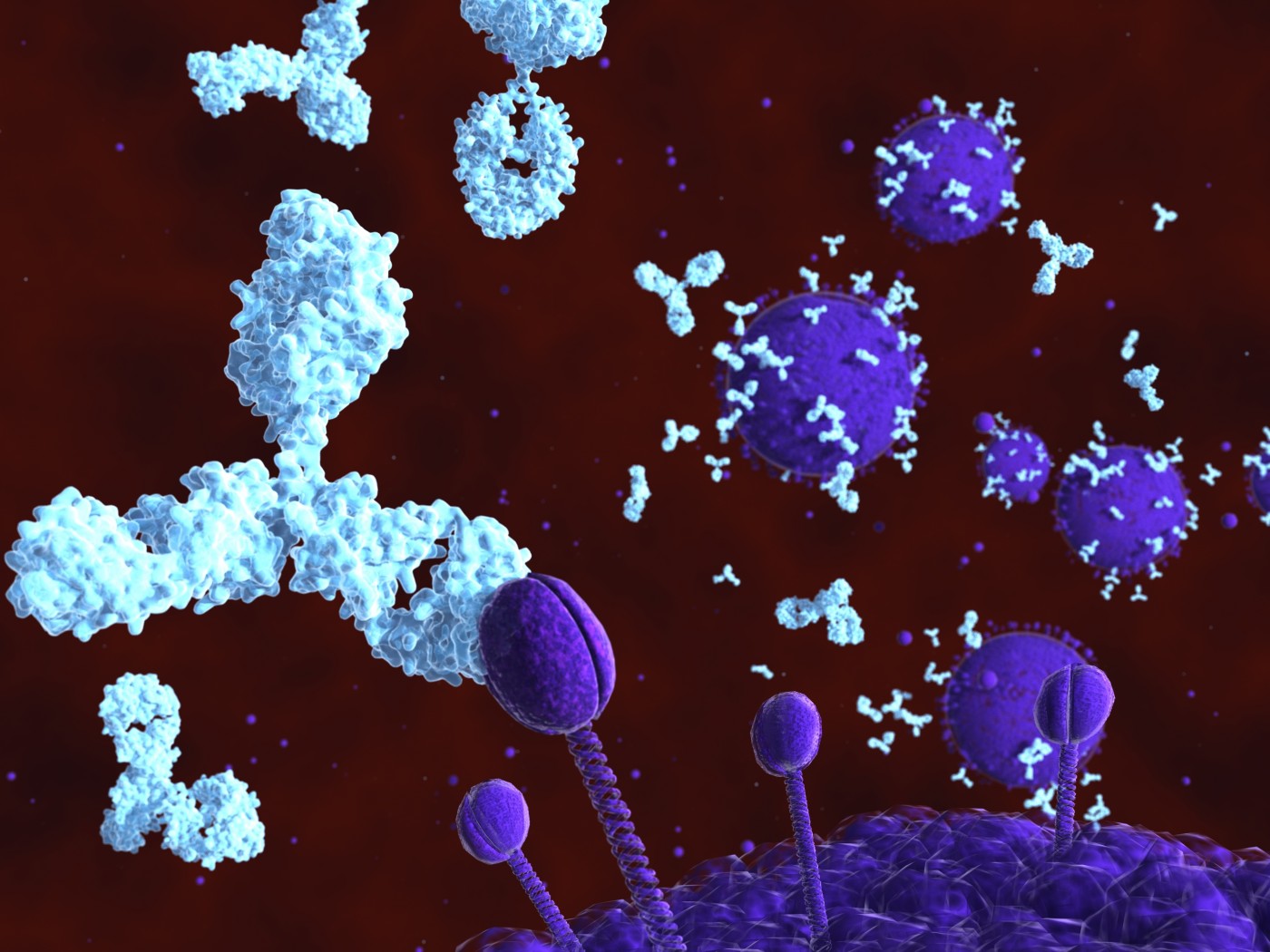MS Study Finds Lipid Antibodies Reflect Changes in Brain Volume and Lesions

Brigham and Women’s Hospital researchers reported that antibodies directed at lipids are associated with magnetic resonance imaging (MRI) measures of brain degeneration in patients with multiple sclerosis (MS), and may potentially serve as biomarkers for monitoring disease status.
While the hyperintense brain lesions detected by MRI are crucial for diagnosis and therapeutic monitoring, they have proven to be of little value in predicting disease progression. Measurements of brain atrophy might associate better with clinical status. Earlier studies have shown that atrophy in the brain’s gray matter is more closely linked to disease status than atrophy in its white matter, and that compartment-specific measures need to be used when analyzing disease progression.
In the study “Serum lipid antibodies are associated with cerebral tissue damage in multiple sclerosis,“ researchers explored the possible relationships between immune factors, measured by an antigen array, and brain changes measured by MRI.
The research team, led by Rohit Bakshi, recruited 21 patients with relapsing-remitting MS (RRMS), and measured 420 different antigens present in serum samples taken from them. The patients also underwent MRI scans to assess the gray matter and white matter regions, as well as total brain tissue volume. Finally, researchers investigated lesion load based on the MRI scans.
The results, published in the journal Neuroimmunology and Neuroinflammation, showed that certain patterns of antibodies could be associated with the various brain regions investigated, as well as with lesion volume. The team specifically observed that there was little overlap between the immune signatures associated with gray and white matter volume, respectively. Also, the immune signature associated with lesion load differed from the signatures associated with the degeneration of gray and white matter.
Further analyses found that antibodies of the IgG type, directed at lipids, were associated with a reduction in whole brain tissue volume. By calculating an index for each of the MRI measures, based on antibody reactivity to lipids, the team showed that each index correlated with gray matter volume, whole brain tissue volume, and lesion volume. A similar trend toward such correlations was also found in another 14 MS patients who served as a validation sample.
Study results indicated that different pathological mechanisms lie behind disease processes in the gray and white matter of the brain. It also showed that the antibody response in MS is mainly lipid-directed. More studies are needed to confirm if the appearance of anti-lipid antibodies predicts the development of MS or of MS deterioration. If the findings are confirmed, the authors argued, such antibodies could serve as biomarkers for monitoring disease pathology and progression.






